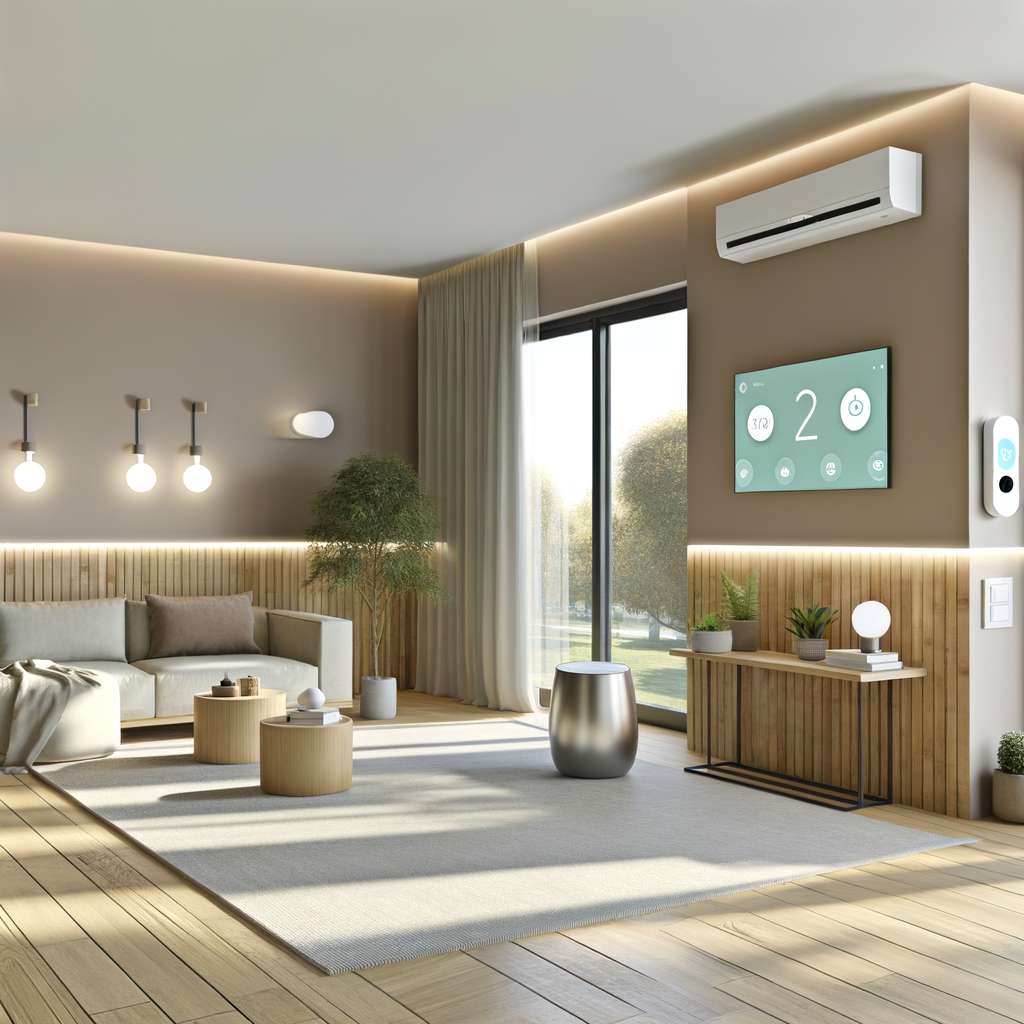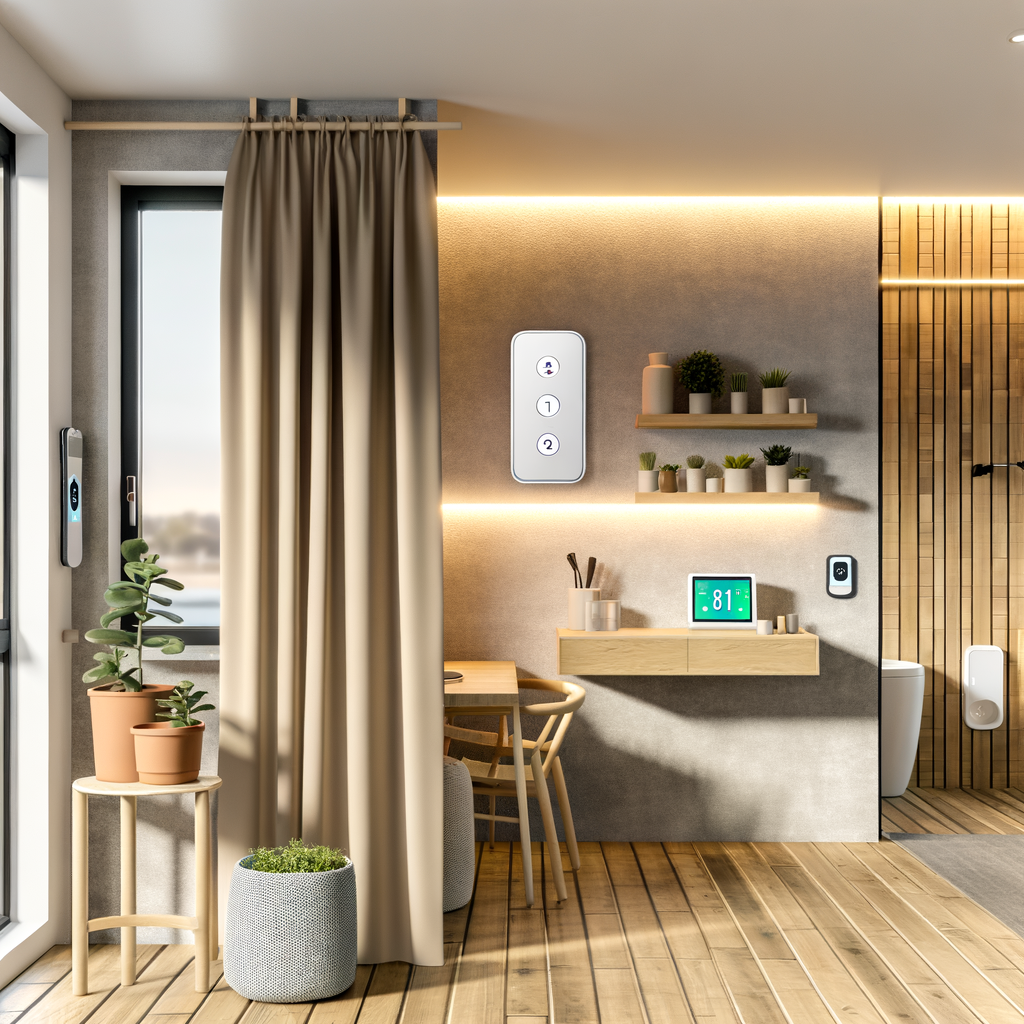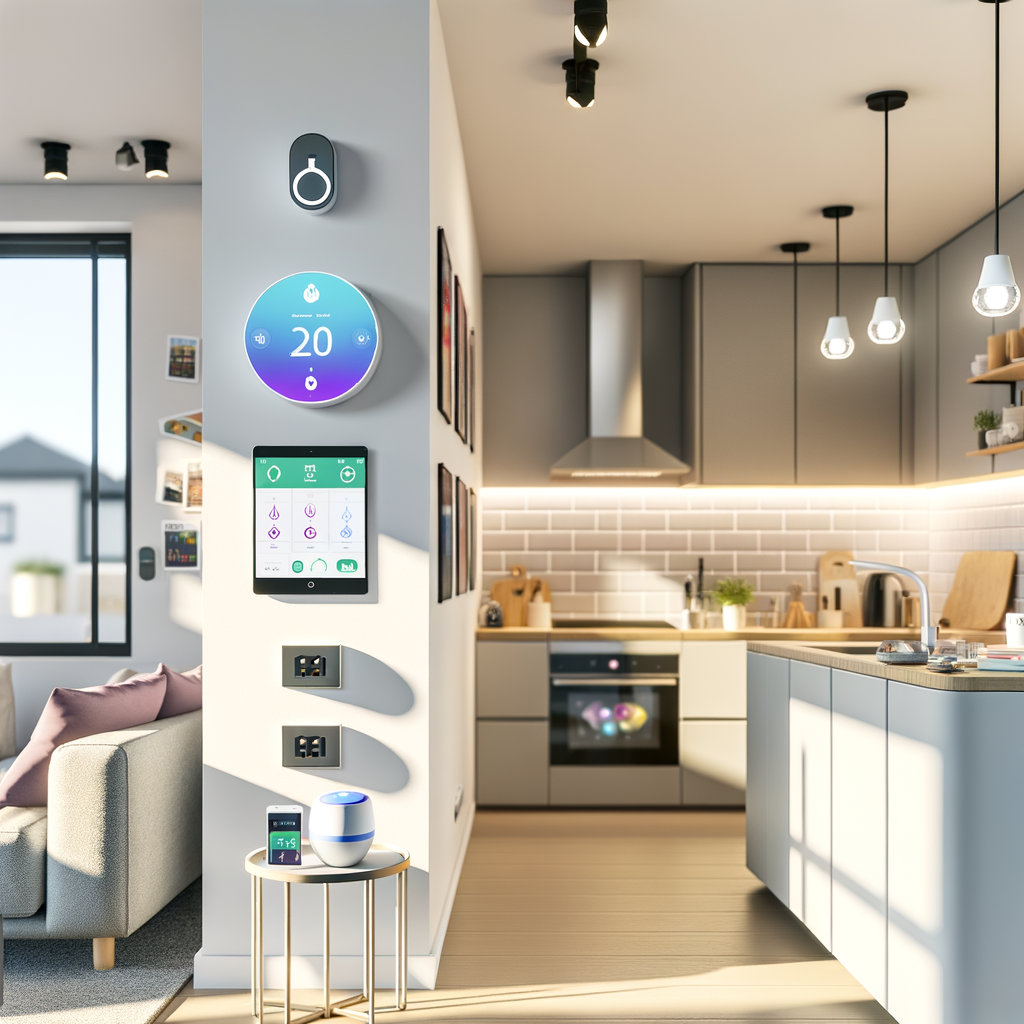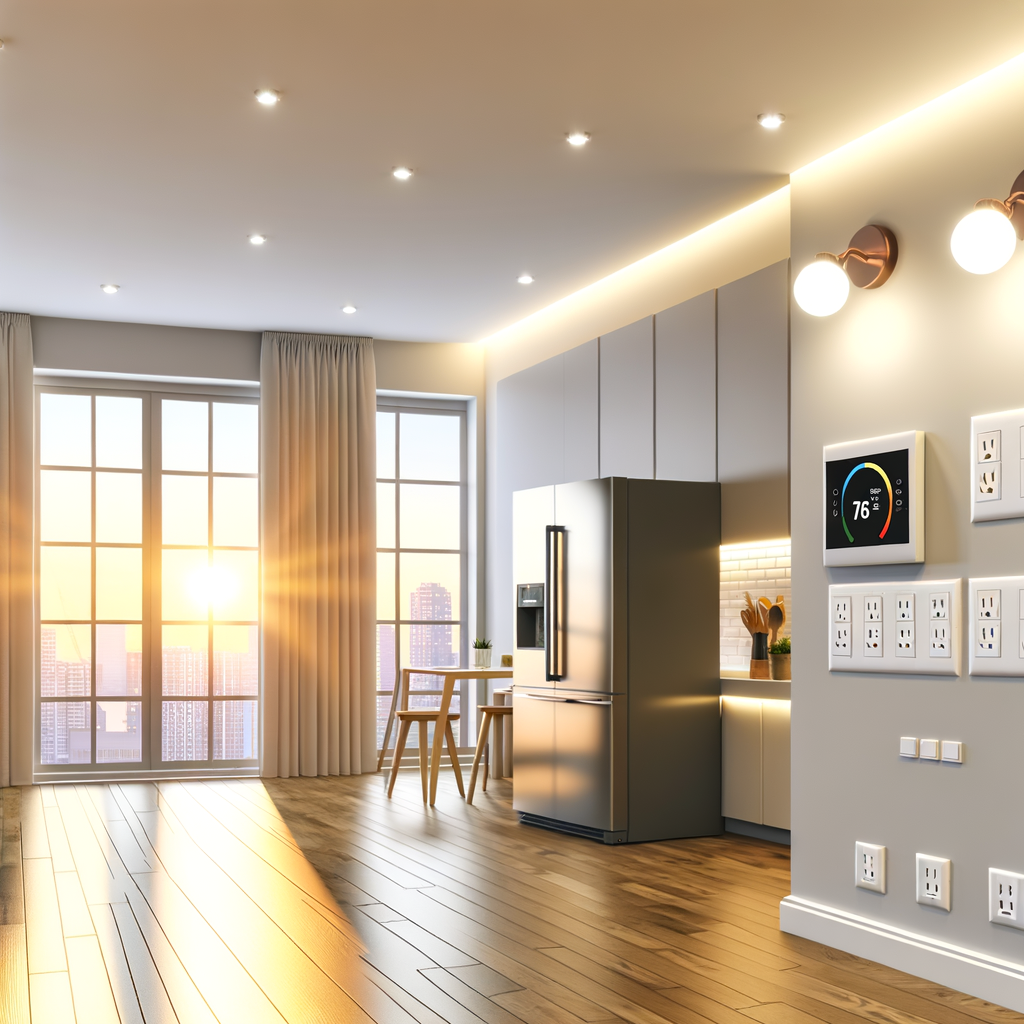Debunking the Top 7 Myths About Smart Home Tech for Renters: What’s Truly Eco-Friendly?
Smart home technology is everywhere, promising convenience, control, and energy savings. But if you’re a renter, you might wonder if these gadgets are worth the investment, eco-friendly, or even allowed in your apartment. Misinformation abounds, and it can be tough to separate myth from fact.
In this post, we’ll debunk the top seven myths about smart home tech for renters, highlight truly eco-friendly options, and show you how to upgrade your space—no landlord approval required!
Myth #1: Smart Home Tech Isn’t Landlord-Friendly
The Reality: Many Smart Devices Are Damage-Free and Portable
One of the biggest misconceptions is that smart home tech is only for homeowners. Renters worry about making permanent changes or getting in trouble with their landlord.
- Peel-and-stick Solutions: Many smart sensors and security devices use adhesive or magnetic mounts, leaving no holes or marks.
- Plug-and-play Gadgets: Smart plugs, light bulbs, and some thermostats simply plug into outlets or screw into existing sockets—no tools or rewiring needed.
- Wi-Fi Connectivity: Devices that connect via Wi-Fi, not hardwired, won’t require drilling or professional installation.
Action Step: Look for “no tools required” or “apartment-friendly” labels. Always check your lease, but most simple installations are allowed.
Myth #2: Smart Home Gadgets Aren’t Really Eco-Friendly
The Reality: Smart Tech Can Cut Your Energy Use (and Bills!)
Another myth is that smart home tech doesn’t make a real difference in sustainability, or that its benefits are overstated. Here’s the truth:
- Smart Thermostats: They learn your schedule, auto-adjust for comfort, and save energy by reducing heating/cooling when you’re not home.
- Smart Plugs and Power Strips: Turn off forgotten electronics remotely, cut phantom loads (devices using power when “off”), and reduce waste.
- Smart Lighting: Motion sensors, dimmers, and schedules ensure lights aren’t left on when not needed.
In fact, the U.S. Environmental Protection Agency reports smart thermostats can save up to 8% on energy bills annually. When used intentionally, smart tech pays for itself—and the planet.
Action Step: Start with just one device (like a smart plug or light) and monitor the energy savings using built-in apps or your utility provider’s data.
Myth #3: Smart Home Devices Are Too Expensive for Renters
The Reality: Many Solutions Are Budget-Friendly—and Reusable
High-end home automation systems can cost thousands. But renters don’t need all the bells and whistles. The good news:
- Entry-level smart plugs and bulbs start at less than $20.
- Devices are portable—take them with you when you move.
- Starter kits bundle multiple items at a discount for new users (think smart bulbs, sensors, and a hub).
- On-sale tech: Watch for holiday sales (Prime Day, Black Friday) and used or refurbished offers for major savings.
Hint: Widespread compatibility with Alexa, Google Home, and Apple HomeKit ensures you don’t have to replace everything if you expand your system over time.
Action Step: Prioritize one or two devices with the biggest payback—like a smart thermostat or smart plug—and see the results before expanding.
Myth #4: You Need a Smart Hub or Fancy System
The Reality: Most Devices Work Standalone and Via Phone Apps
Some renters think smart home tech is only useful with a central hub, like Amazon Echo or Samsung SmartThings. That might have been true years ago, but not anymore.
- Direct Wi-Fi/Bluetooth Control: Just use your phone to control smart plugs, bulbs, locks, and thermostats.
- No Hub Required: Many modern devices work independently or with a simple app.
- Cloud-based Automation: Routines and automation can be set up with cloud services (like IFTTT) or via the manufacturer’s app.
Smart speakers or hubs can centralize control, but they’re optional, not required.
Action Step: When shopping, filter for “no hub needed” and download the companion app to explore features before buying.
Myth #5: Installation Is Complicated or You Need to Be Tech-Savvy
The Reality: Most Setups Take Minutes, Not Hours
Installation anxiety stops many renters from trying smart devices. But with modern design, most smart home gadgets are designed for user-friendly setup.
- QR Codes: Many devices now offer an in-app scan-to-install setup.
- Video Tutorials: Manufacturers offer step-by-step videos for visual learners.
- In-app Guidance: Apps walk you through connections and troubleshooting right from your phone.
Changing a bulb and scanning a code is typical. Even adding sensors or locks is usually as simple as peel, stick, click, and connect.
Tip: Always check for compatibility with your Wi-Fi network (2.4GHz vs. 5GHz) and smartphone.
Myth #6: Smart Home Devices Are a Privacy Disaster
The Reality: Security Depends on Your Choices
Concerns over hacking and data collection are valid, but manageable. Not all devices are created equal, but you can prioritize privacy:
- Choose Trusted Brands: Established eco-brands generally offer robust encryption and strict data privacy policies.
- Update Firmware: Keep your devices and apps updated to patch vulnerabilities.
- Customize Permissions: Use app settings to limit stored data, disable microphone or camera access, and set up two-factor authentication.
- Secure Your Network: Use a strong, unique Wi-Fi password and guest network for your devices.
In short: Smart home tech does create another digital “window,” but sensible use and awareness can reduce risk.
Action Step: Before buying, research the manufacturer’s privacy policy and look for privacy certifications (e.g., TUV, UL, or “Designed for Privacy” marks).
Myth #7: Smart Tech Is Only About Convenience, Not Real Sustainability
The Reality: Automation Cuts Waste—and Supports Greener Living
While voice commands and smartphone control are convenient, the real eco-friendly power of smart home tech is automation. Here’s how:
- Scheduled Events: Automate lights to turn off at bedtime or when you leave for work.
- Energy Monitoring: Track which appliances use the most energy and adjust habits accordingly.
- Leak Detection: Smart water sensors can catch leaks early, preventing water waste and damage.
- Climate Detection: Integrate smart blinds or fans to optimize heating/cooling efficiency.
Embracing eco-friendly automation is not only good for the planet but can help shrink your carbon footprint in a real, measurable way.
Action Step: Use device analytics to set eco goals. Many apps visualize your energy/water savings over time, perfect for both accountability and long-term improvement.
How to Choose Eco-Friendly Smart Home Tech as a Renter
Look for These Features Before You Buy
- Energy Star or EcoCertifications: Indicates the device meets energy efficiency standards.
- Low Standby Power: Some gadgets sip electricity even when “off”—prioritize low standby models.
- Portability:




